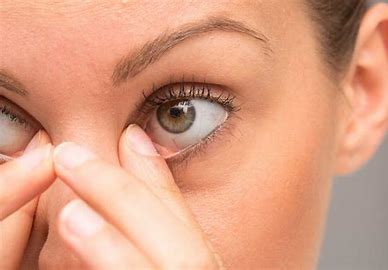Dry eyes
Dry eye syndrome is a condition where the eyes do not make enough tears, or the tears evaporate too quickly. This can lead to the eyes drying out and becoming inflamed. It is a common condition and becomes more common with age, especially in women. Up to a third of people age 65 or older may have dry eye syndrome. It is more common in those with connective tissue disorders, in blepharitis and contact lens wearers.
Symptoms
- Feelings of dryness, grittiness, soreness, tired eyes which get worse throughout the day
- Mildly sensitive to light
- Slight blurred vision
- Both eyes are usually affected
Signs
- Redness of the eyes
- Stringy discharge or foamy tears
- Spotty (“punctate”) fluorescein staining lower cornea
- May be associated blepharitis
Treatment
- Tear substitutes: mild to moderate cases of dry eye syndrome can usually be successfully treated using over-the-counter artificial tear drops; if a patient has severe symptoms, and needs to use eye drops more than six times a day, or if they wear contact lenses, advise them to use preservative-free eye drops
- Eye ointment can also be used to help lubricate eyes, but it can often cause blurred vision, so it is probably best used only at night

